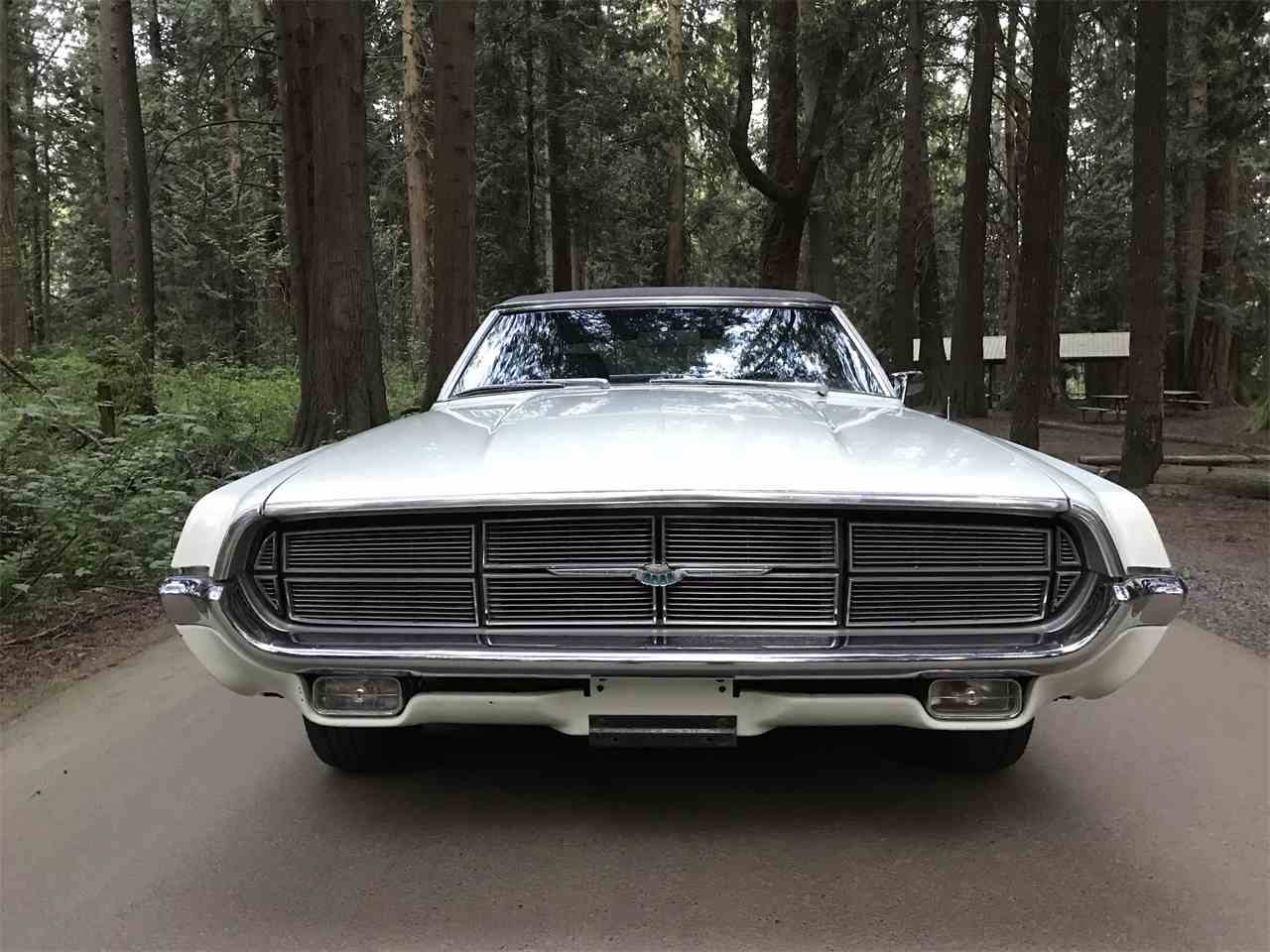
Kennedy's inaugural parade, probably helped along by the appointment of Ford executive Robert McNamara as Secretary of Defense.Ī vinyl-roofed Landau option with simulated S-bars was added to the Thunderbird for 1962 as was a Sports Roadster package for convertible models. The car was 1961's Indianapolis 500 pace car and was featured prominently in US President John F. The new Thunderbird was immediately well received with 73,051 sold for 1961. The V8 produced 300 horsepower and was mated to a 3-speed automatic transmission. A new engine, the 390 cu in (6.4 L) FE V8, was the standard and only engine initially offered in the Thunderbird.


The Thunderbird was redesigned for 1961 with sleeker styling that gave the car a distinctively bullet-like appearance. The Bullet Birds - 1961 - 1963 (Third Generation) In spite of this success, Ford went ahead with a redesign for the Thunderbird to debut in 1961. Customers continued to approve of the car as it broke sales records yet again with 92,843 sold for 1960. Dual-unit round taillights from 1958 to 1959 were changed to triple-units after the fashion of the Chevrolet Impala. For 1960, the Thunderbird was given another new grille and other minor stylistic changes along with a newly optional manually operated sunroof for hardtop models. It was also history-making, becoming the first individual model line (as opposed to an entire company) to earn Motor Trend "Car of the Year" honors. With little more than a new grille and a newly optional, 350 horsepower (260 kW) 430 cu in (7.0 L) MEL V, sales climbed even higher to 67,456. With 37,892 sold in 1958-outselling the previous model year by well over 16,000 units-the new Thunderbird began a sales momentum previously unseen with the car.
#1969 thunderbird value manual
Powering the Thunderbird was a new, 300 horsepower 352 cu in (5.8 L) FE V8, available with a 3-speed manual or automatic transmissions. Along with a new, more rigid unibody construction was new styling, including dual headlights (for a total of four), more prominent tail fins, a bolder chrome grille, and a larger, though non-functional, hood scoop. The increased size also increased the car's weight significantly by close to 1,000 pounds (454 kg). Though retaining a design as a two-door hardtop coupe/convertible, the new Thunderbird was considerably larger than the previous generation, with a longer 113.0 inches (2,870 mm) wheelbase to accommodate the new back seat. As a result, the car was redesigned as a four-seater for 1958. In fact, the Thunderbird outsold the Corvette by more than 23-to-one for 1955 with 16,155 Thunderbirds sold against 700 CorvettesĪlthough the Thunderbird had been considered a rousing success, Ford executives-particularly Robert McNamara – felt that the car's position as a two-seater restricted its sales potential. Though inspired by, and positioned directly against, the Corvette, Ford billed the Thunderbird as a personal luxury car, putting a greater emphasis on the car's comfort and convenience features rather than its inherent sportiness. Designations aside, the Thunderbird sold exceptionally well in its first year. The Thunderbird's 102.0 inches wheelbase frame was mostly a shortened version of that used in other Fords while the car's standard 292 cu in (4.8 L) Y-Block V8 came from Ford's Mercury division.
/stories/2019/06/67153144-770-0@2X.jpg)
Mechanically though, the Thunderbird could trace its roots to other mainstream Fords. Though sharing some design characteristics with other Fords of the time, such as single, circular headlamps and tail lamps and modest tail fins, the Thunderbird was sleeker and more athletic in shape, and had features like a hood scoop and a 150 mph speedometer hinting a higher performance nature that other Fords didn't possess. Production of the Thunderbird began later on in 1954 on September 9 with the car beginning sales as a 1955 model on October 22, 1954. Like the Corvette, the Thunderbird had a two-seat coupe/convertible layout. Under rapid development, the Thunderbird went from idea to prototype in about a year, being unveiled to the public at the Detroit Auto Show on February 20, 1954. The Ford Thunderbird began life in February 1953 in direct response to Chevrolet's new sports car, the Corvette, which was publicly unveiled in prototype form just a month before.


 0 kommentar(er)
0 kommentar(er)
